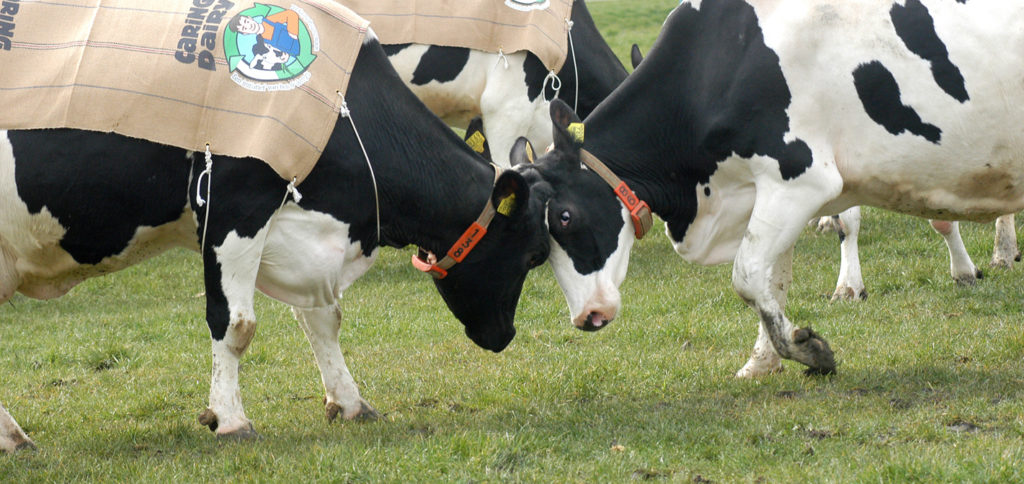Dairy industry: Exciting market speculations for 2018

The start of every year means people’s thoughts turn to the future of the economy. The dairy industry is no exception. What kind of revenue will the most important product groups bring in? And what lucrative opportunities will develop in milk processing? Dairy farmers around the world ask themselves these and many other questions each and every year.
Nothing has changed and a lot is left to speculation. After all, no crystal ball has ever been found, at least for the dairy market anyway. The crises on the dairy market that stretch back to 2007 are proof enough. One point is clear, however: The EU market currently has a stockpile of almost 358,000 tons of skimmed-milk powder – the most ever recorded since the 1990s. This massive amount, which was amassed during the recent 2015/16 market crisis, hangs perilously over the dairy market like the notorious Sword of Damocles. The product quantity is so great in fact that if it were released for sale, it would wreak havoc not only on the German and European markets but the global market as well. The EU Commission, which is in charge of managing this mountain of milk powder, is surely well aware of its responsibility – even if the EU commissioner for Agriculture and Rural Development, Phil Hogan, has repeatedly indicated he does not intend to assume the role of the world’s largest dealer in skimmed-milk powder. Brussels isn’t expected to suddenly release the powder, so one can only assume the products will be brought on the market at some point before they go bad. How this will actually play out in reality is, however, just a wild guess right now.
Butter prices plummet
Another revenue threat has already become a reality: After temporarily soaring to record heights last year, butter prices have taken a nosedive. This trend has been so explosive that creameries had to slash payments to dairy farmers by around 10% at the beginning of the year. And no one has an idea how long this downturn could last.
Dairy industry is working intensely to make improvements
Despite the general economic difficulties, the dairy industry is grappling with, the year promises to be exciting. This is primarily because many dairies and creameries face other challenges. For example, consumers are becoming increasingly concerned about animal welfare. Milk producers and milk processors recognized this trend early on and have been working intensely to make improvements such as ensuring more grazing and less tie-stall housing.
And they’ve already achieved a lot. But the danger remains that politicians won’t find the current pace of implementing changes fast enough, and they will demand too much at once. The fact that individual creameries have already banned their farmers from using glyphosate in anticipation of possible legal regulations speaks volumes. While farmers can implement this ban relatively easily (although not without incurring financial losses), a ban on tie-stall housing would not be so quick and easy to implement.
One thing is for certain, though: 2018 promises to be a thrilling year for the dairy industry.
